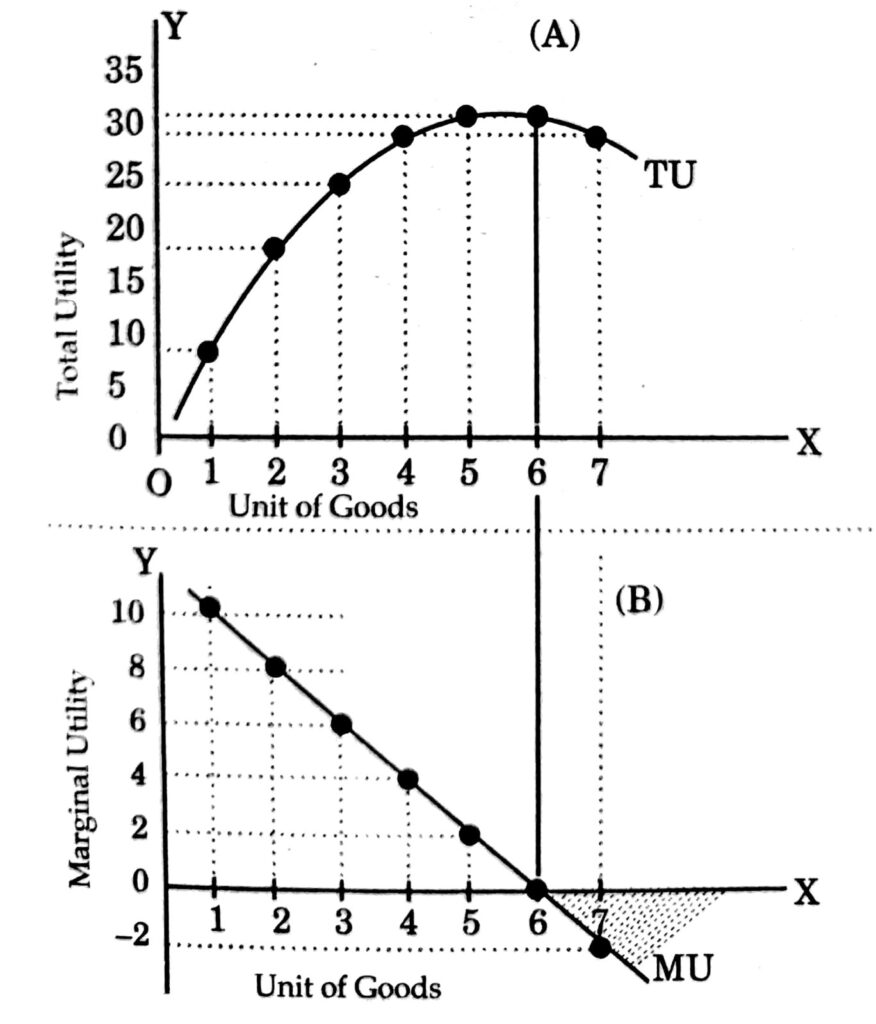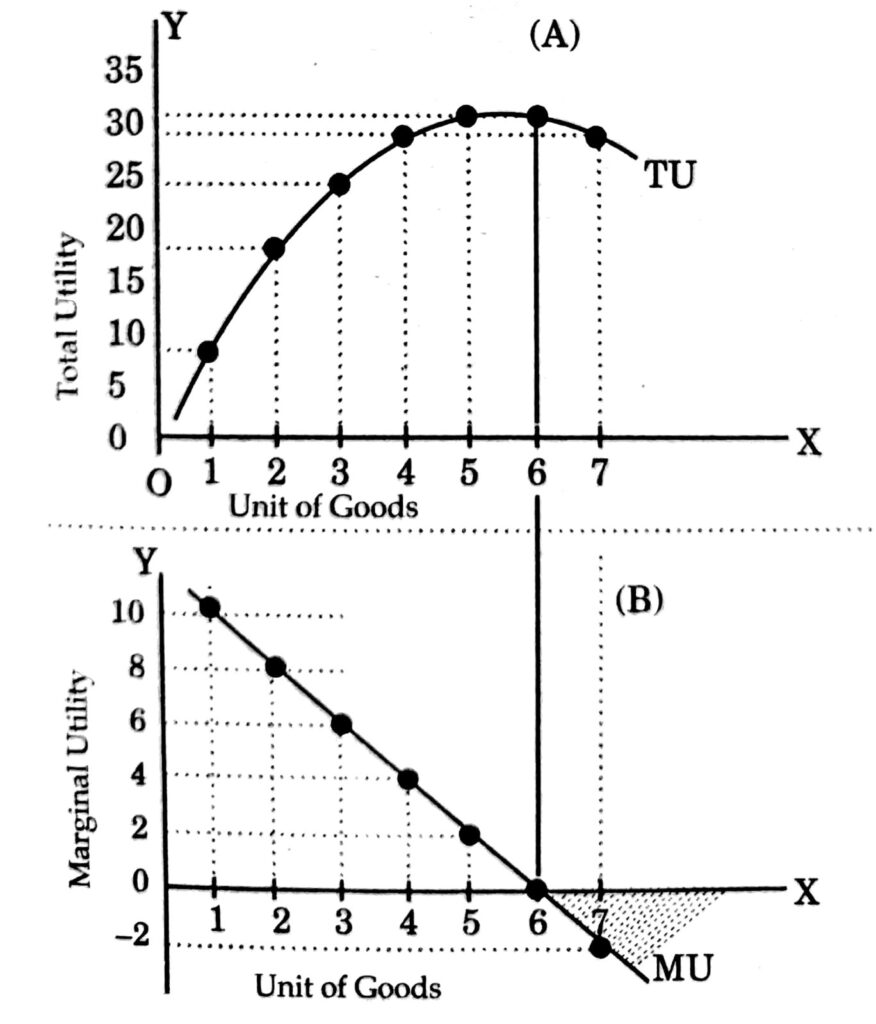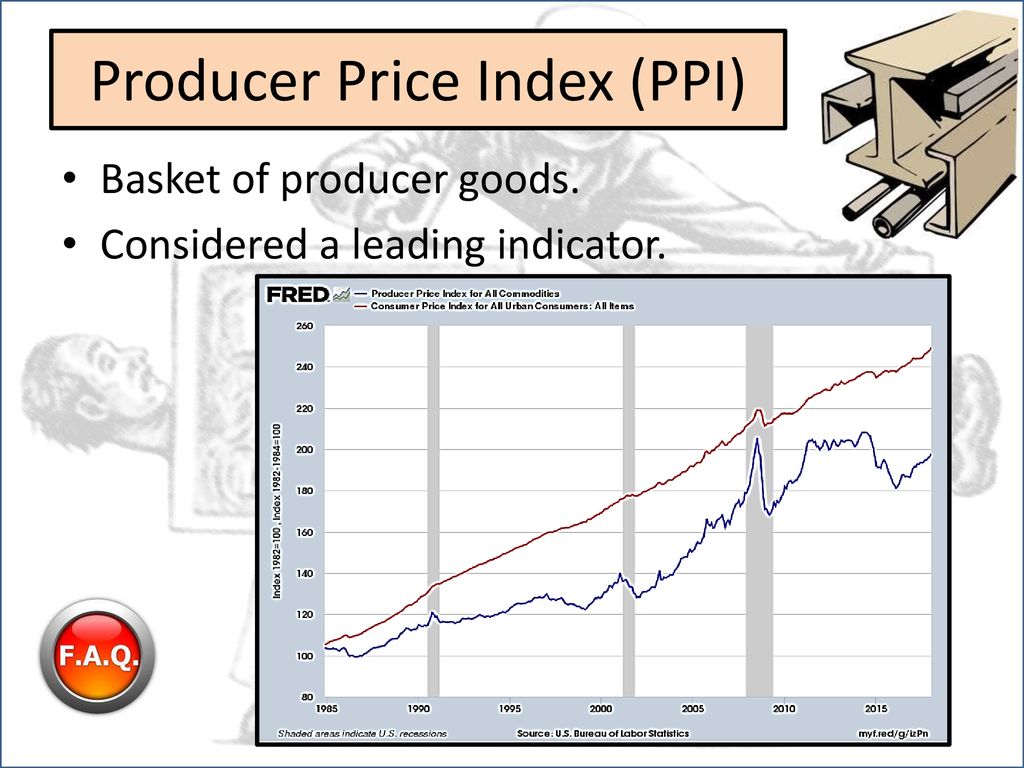
What is Utility in Economics? Unpacking Total vs. Marginal Utility for Beginners
Have you ever wondered why you choose to buy one thing over another? Why do you happily pay for a second slice of pizza, but hesitate to buy a fifth? The answers to these questions lie at the heart of a fundamental concept in economics: utility.
Utility is a cornerstone of consumer theory, helping us understand how individuals make decisions about what to buy and how much of it to consume. For beginners, grasping this concept – especially the difference between total and marginal utility – is key to unlocking the logic behind everyday economic choices.
Let’s dive in!
What is Utility in Economics? The "Satisfaction" Factor
In economics, utility refers to the satisfaction, benefit, or pleasure that a consumer receives from consuming a good or service. It’s a measure of the value or usefulness that a consumer gets from an item.
Think of it as the "happiness points" you get from something.
Key characteristics of utility:
- Subjective: Utility is highly personal. What brings great satisfaction to one person (e.g., a new video game) might bring little to no satisfaction to another (e.g., someone who doesn’t play games).
- Not Monetary: Utility isn’t about the price of an item directly, but rather the satisfaction derived from it. While a higher price might imply higher utility for some luxury goods, the core concept is about perceived benefit.
- Conceptual Measurement (Utils): While we can’t literally measure satisfaction with a ruler or scale, economists sometimes use a hypothetical unit called "utils" to represent units of satisfaction. This helps illustrate how utility changes with consumption.
Example: Imagine you’re very thirsty on a hot day. That first glass of cold water provides immense utility. The second glass still feels good, but perhaps slightly less so. By the fifth glass, you might not want any more, or it might even make you feel uncomfortable. This illustrates the changing nature of utility.
Why is Utility Important in Economics?
Understanding utility is crucial because it helps economists:
- Explain Consumer Behavior: It forms the basis for understanding why consumers demand certain goods and services and how they allocate their limited resources (money, time) to maximize their satisfaction.
- Predict Demand: By understanding how utility changes with consumption, we can better predict how much of a product consumers will want at different prices.
- Inform Business Decisions: Businesses use utility concepts (often implicitly) to design products, set prices, and develop marketing strategies that appeal to consumers’ desire for satisfaction.
- Analyze Economic Welfare: Utility helps in evaluating the overall well-being of individuals and society.
Total Utility: The Sum of All Satisfaction
Total Utility (TU) is the total amount of satisfaction or pleasure a consumer derives from consuming a specific quantity of a good or service. It’s the cumulative satisfaction from all units consumed.
Think of it as your running score of happiness points.
How Total Utility Works:
As you consume more units of a good, your total utility generally increases, at least up to a certain point.
Example: The Pizza Experience
Let’s say you’re hungry and decide to eat pizza. We can assign "utils" to the satisfaction you get from each slice:
| Slices of Pizza Consumed | Utility from This Slice (Marginal Utility) | Total Utility (Cumulative Satisfaction) |
|---|---|---|
| 0 | – | 0 utils |
| 1st | 10 utils | 10 utils |
| 2nd | 8 utils | 18 utils (10 + 8) |
| 3rd | 5 utils | 23 utils (18 + 5) |
| 4th | 2 utils | 25 utils (23 + 2) |
| 5th | 0 utils | 25 utils (25 + 0) |
| 6th | -3 utils (feeling sick!) | 22 utils (25 – 3) |
In this example, your total utility keeps rising as you eat more pizza, reaching a maximum at 25 utils after the 4th and 5th slices. Beyond that, consuming more pizza actually reduces your total satisfaction.
Marginal Utility: The "Extra" Satisfaction
Marginal Utility (MU) is the additional satisfaction or benefit a consumer gains from consuming one additional unit of a good or service.
It’s the change in total utility that results from consuming one more unit. Think of it as the happiness points you get from just the next item you consume.
Formula for Marginal Utility:
Marginal Utility (MU) = Change in Total Utility / Change in Quantity Consumed
Or, more simply, it’s the utility from the current unit minus the utility from the previous unit.
Example: Back to the Pizza
Looking at our pizza table again, the "Utility from This Slice" column represents marginal utility:
- 1st Slice: Provides 10 utils. MU = 10. (Total Utility: 10)
- 2nd Slice: Provides an additional 8 utils. MU = 8. (Total Utility: 10 + 8 = 18)
- 3rd Slice: Provides an additional 5 utils. MU = 5. (Total Utility: 18 + 5 = 23)
- 4th Slice: Provides an additional 2 utils. MU = 2. (Total Utility: 23 + 2 = 25)
- 5th Slice: Provides 0 additional utils. MU = 0. (Total Utility: 25 + 0 = 25)
- 6th Slice: Provides -3 additional utils (you feel sick!). MU = -3. (Total Utility: 25 – 3 = 22)
The Crucial Relationship: How Marginal Utility Influences Total Utility
The relationship between total utility and marginal utility is fundamental to understanding consumer behavior:
- When Marginal Utility is Positive: As long as each additional unit consumed provides some positive satisfaction (MU > 0), total utility will continue to increase. However, the rate of increase might slow down.
- When Marginal Utility is Zero: When an additional unit provides no extra satisfaction (MU = 0), total utility reaches its maximum. At this point, the consumer is fully satiated with that good.
- When Marginal Utility is Negative: If consuming an additional unit causes dissatisfaction or discomfort (MU < 0), total utility will start to decrease. This often happens when you’ve had too much of something!
Summary of Relationship:
- MU > 0 ⇒ TU is increasing
- MU = 0 ⇒ TU is at its maximum
- MU < 0 ⇒ TU is decreasing
The Law of Diminishing Marginal Utility
Our pizza example perfectly illustrates one of the most important principles in economics: the Law of Diminishing Marginal Utility.
This law states that as a consumer consumes more and more units of a specific good or service, the additional satisfaction (marginal utility) derived from each successive unit tends to decrease.
In simpler terms: The more you have of something, the less extra satisfaction you get from having one more of it.
Why does this law hold true?
- Satiation: As you consume more, your basic needs and desires for that particular good are met, and you become increasingly satisfied or "full."
- Less Urgency: The first unit satisfies the most urgent need. Subsequent units satisfy less urgent needs, thus providing less intense satisfaction.
- Substitution: As you consume more of one good, you might start to think about other goods that could provide different or new forms of satisfaction.
Real-World Examples of Diminishing Marginal Utility:
- Water: The first glass of water after a long run is heavenly. The tenth glass might be unnecessary, or even harmful.
- Music: Listening to your favorite song for the first time is great. Listening to it on repeat for three hours straight might make you sick of it.
- Clothing: Buying your first warm winter coat provides a lot of utility. Buying a fifth identical coat provides very little additional utility.
- Money: While people always want more money, the additional satisfaction from an extra dollar might be greater for someone who has very little compared to a billionaire.
The Law of Diminishing Marginal Utility helps explain why demand curves slope downwards (as price decreases, people are willing to buy more because the marginal utility of additional units still outweighs the lower cost) and why we consume a variety of goods rather than just one.
Conclusion: Utility as the Engine of Choice
Utility, in its forms of total and marginal satisfaction, is a fundamental concept that illuminates the invisible forces driving consumer choices.
- Utility is the satisfaction or benefit we get from goods and services.
- Total Utility is the overall satisfaction from consuming a certain quantity.
- Marginal Utility is the additional satisfaction from one more unit.
- The Law of Diminishing Marginal Utility dictates that this additional satisfaction tends to decrease with each successive unit consumed.
By understanding these concepts, you gain a powerful lens through which to view economic decisions, from your daily coffee purchase to global market trends. It’s all about the pursuit of satisfaction, one "util" at a time!
Frequently Asked Questions (FAQs)
Q1: Is utility the same as usefulness?
A: Not necessarily in economics. A diamond might not be "useful" in the same way water is for survival, but it can still provide immense utility (satisfaction, prestige, beauty) to its owner. Utility is about perceived satisfaction, not just functional use.
Q2: Can marginal utility be negative?
A: Yes! As shown in our pizza example, if you consume so much of a good that it starts to cause discomfort or harm, the marginal utility becomes negative. At this point, consuming more actually reduces your total satisfaction.
Q3: Do economists measure utility precisely?
A: In reality, no. Utility is subjective and not directly measurable like weight or height. The "utils" are a conceptual tool to help understand the relative changes in satisfaction. Modern economics often focuses on ordinal utility (ranking preferences) rather than cardinal utility (assigning precise numerical values).
Q4: What is the goal of a consumer regarding utility?
A: In economic theory, consumers are assumed to be rational and aim to maximize their total utility, given their limited resources (budget, time). They try to allocate their spending in a way that gives them the most overall satisfaction.




Post Comment